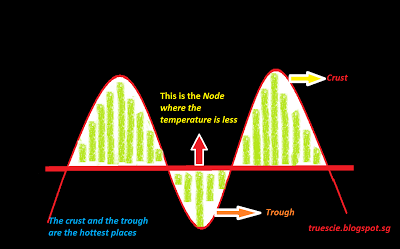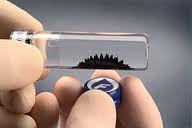The Ribbon Eel

The ribbon eel , Rhinomuraena quaesita , or Bernis eel, is a species of saltwater eel, the only member of the genus Rhinomuraena of the Muraenidae (Moray eel) family of order Anguilliformes. What is now known as Rhinomuraena quaesita also includes the former Rhinomuraena amboinensis . R. quaesita was used for blue ribbon eels and R. amboinensis for black ribbon eels, but these are now recognized as the same species. The ribbon eel is native to the Indian and Pacific oceans. The ribbon eel is an elegant creature with a long, thin body and high dorsal fins. The ribbon eel can easily be recognised by its expanded anterior nostrils. Juveniles and sub-adults are jet black with a yellow dorsal fin, while females are yellow with a black anal fin with white margins on the fins. The adult males are blue with a yellow dorsal fin. The ribbon eel grows to an overall length of approximately 100 cm (36 in), and has a life span of up to twenty years. The ribbon eel is the only moray eel that



